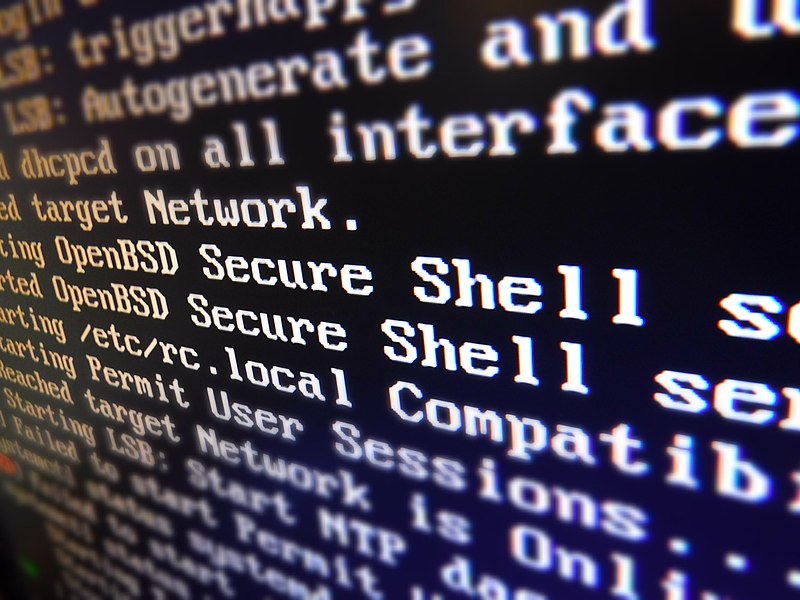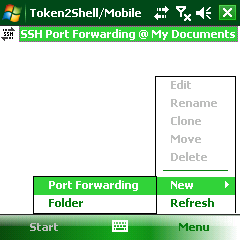

- Windows mobile ssh tunnel full#
- Windows mobile ssh tunnel windows 10#
- Windows mobile ssh tunnel portable#
- Windows mobile ssh tunnel software#
Windows mobile ssh tunnel software#

^ a b The ability for the SSH client to establish a VPN, e.g.^ a b The ability for the SSH client to perform dynamic port forwarding by acting as a local SOCKS proxy.^ a b Can the SSH client connect itself through a proxy? This is distinct from offering a SOCKS proxy or port forwarding.^ a b Accelerating OpenSSH connections with ControlMaster.^ The majority of Linux distributions have OpenSSH as an official package, but a few do not.
Windows mobile ssh tunnel portable#
Portable version can be download from Win32-OpenSSH for other versions.
Windows mobile ssh tunnel windows 10#
Win32-OpenSSH can be installed as an optional component in the Windows versions before Windows 10 version 1803 to Windows 10 version 1709.
Windows mobile ssh tunnel full#
The other alternative is a full integration to the SSH client.Of course, the VNC (or other) client must be configurable to support SOCKS4 or SOCKS5, and you must configure it to use a SOCKS proxy at localhost:1234 to use the SSH tunnel.


All the traffic entering that proxy will first pass through the encrypted SSH tunnel to the server system, and from there (again in unencrypted form) to whatever destination the VNC (or other) client requested. Now, the SSH client will set up a SOCKS proxy in port 1234 of your local system. As far as I know, there are two possibilities:Ī SOCKS4/SOCKS5 proxy support: you establish a SSH connection with Well, then whatever your VNC (or any other) client is, must have some more elaborate way to use the tunnel provided by SSH. You also said that you don't want to use port forwarding. If you tell the VNC client to connect to server:5900 instead, you are telling it to bypass the tunnel you set up for it, and just connect directly without the benefit of SSH encryption. Or in other words, you must tell the VNC client to connect to localhost:5900 to connect to the server using the encrypted tunnel. To successfully use the tunnel, you must understand that you can now reach the server's port 5900 by connecting to your client system's local port 5900. Port forwarding is the reason why SSH can be used to protect other programs that have no built-in support for SSH nor any kind of a special interface to it. You can always forward things from your local system's localhost to the remote system's localhost (or vice versa, using -R instead of -L). This is why your sentence "But I only have a Server and a client so cannot use forwarding" makes no sense. This is not the localhost of your local system, but localhost of the server system. the output end of the tunnel on the server system will again pass the traffic onwards in its original unencrypted form, to localhost:5900 as the server system sees it.the encrypted tunnel will go from your local client system to the server system.the listening side of the tunnel will be on port 5900 on your system (= the first 5900).the SSH client will set up a TCP port forwarding tunnel that listens for incoming connections on your local client system ( -L).a SSH connection is established and authenticated, of course.When you establish a SSH tunnel with: ssh -L 5900:localhost:5900 I sense confusion and a possible misunderstanding.


 0 kommentar(er)
0 kommentar(er)
